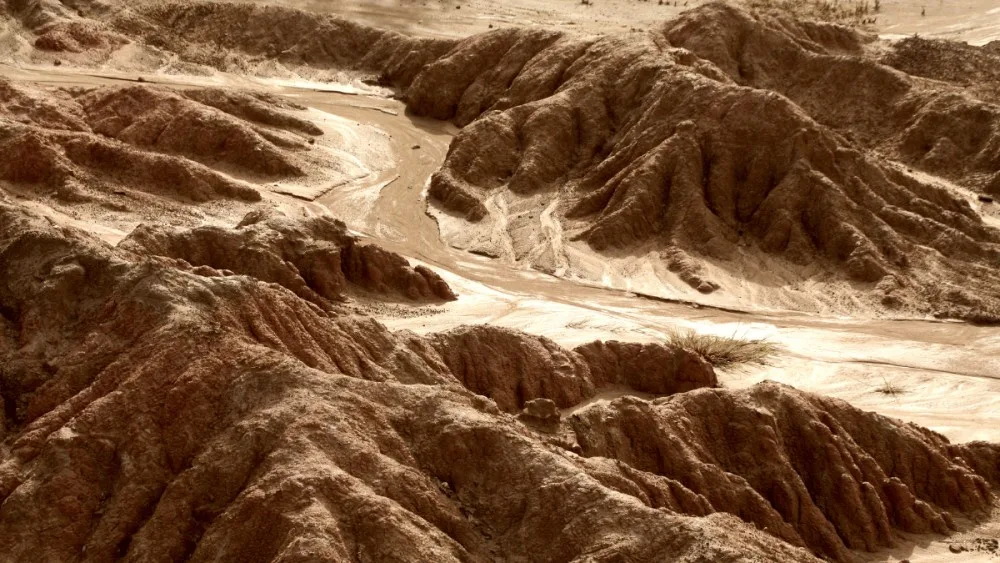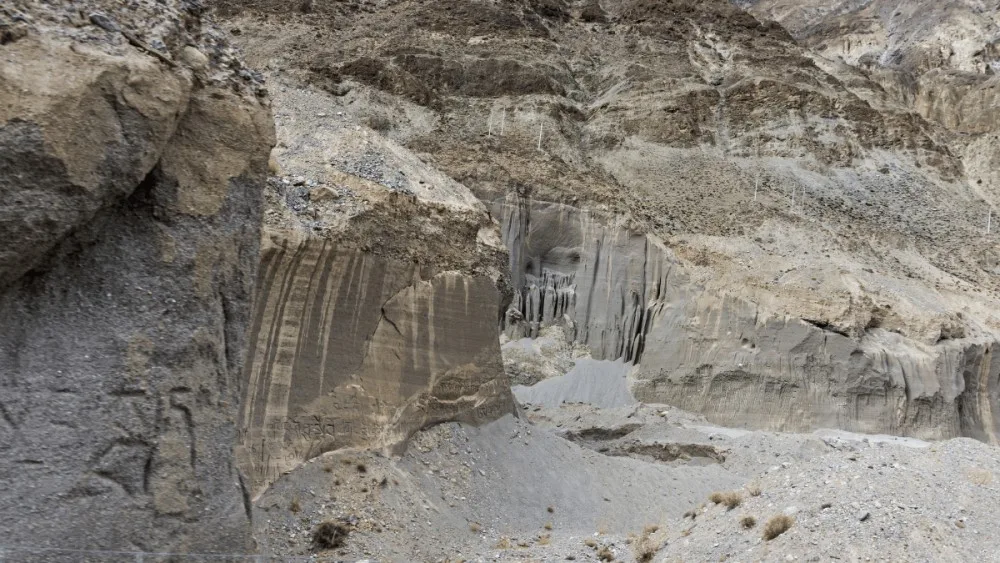NORMAL CYCLE OF EROSION
The cycle of erosion by fluvial processes (running waters or rivers) is called the normal cycle of erosion because fluvial processes are widespread and the most significant geomorphic agent. The normal cycle of erosion begins with the upliftment of any landmass concerning sea level. As the land rises, the rivers originate and their erosional work starts.
The rate of erosion starts with the progressive development of river valleys in sequential order and the whole land area progressively passes through three successive stages of youth, mature, and old, and is ultimately transformed into a low featureless plain of the undulating surface. Thus, the penultimate end product of the normal cycle of erosion is called Peneplain.

The land area has to pass through successive stages of its development right from the the upliftment of landmass to its transformation into a peneplain of exceedingly low relief. The landscapes also become young, mature, and old with the advancement of the normal cycle of erosion. The development of river valleys passes through three successive stages of their development and the rivers become young or youthful rivers, mature rivers, and old rivers.
Youthful stage- Consequent streams originated with the upliftment of land area due to endogenetic forces. In the beginning, the streams are less in number and short in length. The slopes are dominated by numerous rills and gullies rather than big streams. These rills and gullies lengthen their longitudinal profile through headward erosion.
The rivers are continuously engaged in a rapid rate of downcutting their valleys because the transporting capacity of the rivers is maximum due to the high velocity of flow rate and steep channel gradient. Gorges and canyons are features of the youthful stage, when the valley side slopes are convex in plan, thus, the resultant juvenile valleys are V-shaped. River capture is the most characteristic feature of the juvenile stage of the normal cycle of erosion.
Mature stage- valley deepening through vertical erosion during the youthful stage results in a pronounced decrease in channel gradient and consequent decrease in flow velocity with the result of the arrival of early maturity marked by a decrease in valley deepening due to a decrease in channel gradient, decrease in velocity of river flow, decrease in the transporting capacity, etc.

Alluvial fans and alluvial cons are other features of the mature stage when the river deposits big boulders at the foothill zones due to a sudden decrease in the transporting capacity of the rivers. Flood plains are formed due to the sedimentation of alluvia. Rivers frequently change their courses because of gentle to level stops of the flood plains. Oxbow lakes are formed due to the straightening of highly meandering loops. Deposition of sediments on either side of the river valleys leads to the formation of natural levees.
Old stage– The old stage is characterized by a further decrease in channel gradient, almost total absence of valley deepening, decrease in the number of tributary streams, and flattening of river valleys. The rivers adopt highly meandering courses. The extensive flood plains with level to gentle slopes and very low channel gradient make the river flow so sluggish that the main channel of the river is divided into numerous distributaries and thus the river becomes braided. Deltas are the features of the old stage.
The ideal normal cycle of erosion can pass through all three stages ( youth, mature, and old) and the peneplain can be formed only when the region remains in a standstill position for a longer duration of crustal stability but the availability of such condition is of remote possibilities because the earth is very much unstable.
The plate tectonics have also revealed that plates are always mobile and hence long period of stability is not possible. The normal cycle of erosion is often disturbed due to tectonic events and climate change. The disturbance in the cycle of erosion is called an interruption in the normal cycle of erosion.

